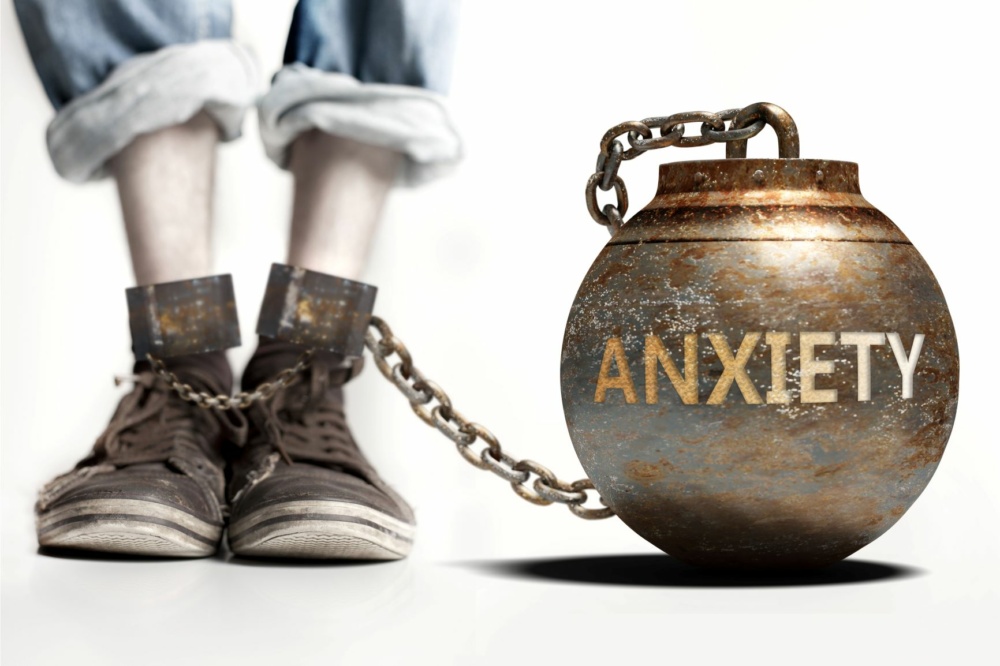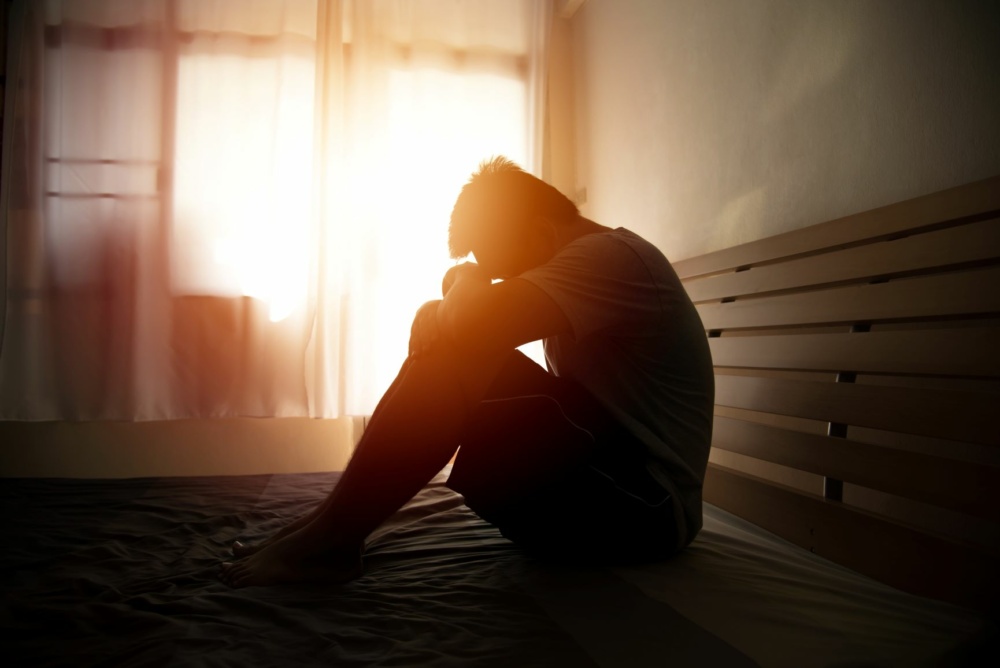Mental Health Corner
The definition of generalized anxiety disorder from the Diagnostic and Statistical Manual of Mental Disorders (DSM-5), which is published by the American Psychiatric Association, can be briefly summarized as follows: Generalized anxiety disorder is characterized by excessive anxiety and worry about a variety of events or activities (e.g., work or school performance) that occurs more days than not, for at least 6 months. People with generalized anxiety disorder find it difficult to control their worry, which may cause impairment in social, occupational, or other areas of functioning.
Prevalence and Impact
The National Institute of Mental Health estimates that 5.7% of US adults experience generalized anxiety disorder at some time in their lives. The prevalence in females is significantly higher than males. As a comparison, approximately 7% of all US adults had at least one major depressive episode in their lives.
The significance of anxiety disorders is the impact they have on our daily lives. First, the worries associated with generalized anxiety disorder are excessive and typically interfere significantly with psychosocial functioning compared to the worries of everyday life. Second, these worries are more pervasive, pronounced, and distressing. Third, everyday worries are much less likely to be accompanied by physical symptoms. In short, generalized anxiety disorder actually impairs one’s ability to function in social, occupational, or other important areas of one’s life.
So, when we say that generalized anxiety disorder impairs our ability to function, what does this really mean? Worrying takes time and energy. Add to that disturbed sleep, tiredness, irritability, edginess, and difficulty concentrating. You now have a full-blown disability that accounts for over 110 million disability days per year in the US. The annual cost to our economy and personal lives in dollars is in the billions. However, the emotional cost which results in destroyed relationships, broken marriages, scarred children, and lost souls is equally devastating.
The Effect
For some reason, generalized anxiety disorder is not considered as serious as depression or other mood disorders. However, it prevents the individual from connecting with others and isolates them from their peers and coworkers. They become preoccupied with the opinions that others have of them, to the point where they feel emotionally paralyzed in social settings. This results in feelings of loneliness and an inability to achieve successful outcomes.
Hormones also appear to play a significant role in anxiety development. Anxiety is often caused by those whose bodies are under stress trying to operate efficiently. Stress hormones (Cortisol) and anxiety have a cyclical relationship. On the one hand, anxiety is essentially mental stress, and when you’re mentally stressed you release cortisol. Research has also confirmed that excess stress hormone can cause anxiety and contribute to the likelihood of an anxiety attack.
Treatment
The two main treatments for generalized anxiety disorder are psychotherapy and medications. Medications for anxiety work by interacting with brain chemicals called neurotransmitters. Particular medications may block the absorption or enhance the action of one or more of these chemicals. Medication for anxiety is prescribed by physicians, such as psychiatrists or primary care providers.
Psychotherapy is considered a fundamental aspect of the treatment of generalized anxiety disorder. Different treatment strategies are used by therapists today, to include cognitive behavior therapy (CBT), mindfulness, and strength-based therapy. These structured treatments focus on the interplay between the conscious thoughts, feelings, and behaviors that perpetuate anxiety. When therapists are able to coordinate their care with that of the patient’s physician, the end result is often the most beneficial for the patient.
Re-Entry Anxiety
With the influence of the pandemic in our lives during this past year, a new “unofficial” form of anxiety is beginning to emerge. It is being referred to as “Re-Entry Anxiety”, which is associated with “life after lockdown”. We have slowly become used to a new way of living with precautions: wearing masks, social distancing, getting takeout, home delivery, remote learning, no commuting, etc. Now we are being told that this way of life will end soon, and we will be going back to “normal”.
The American Psychological Association reports that 46% of US adults are uncomfortable going back to living life the way they used to. Almost half of us are fearful of returning to normal! The APA also reports that 49% of us are uneasy about adjusting to in-person interactions again. We aren’t quite comfortable enough yet with what we know or don’t know.
People are hesitant about returning to the way it was. Relearning social interactions is like learning a skill gain. One which has not been used in a while. This needs to be a process and should not be rushed into. This type of change, with the accompanying anxiety, is like having reverse culture shock. It may be uncomfortable and require some adapting. Returning to the workplace may require support and understanding from management and human resources in order to make the transition more acceptable.
Professional help and advice can also be useful. Talking with counselors or therapists who understand your feelings and experiences is often helpful. We all need to understand that the “new normal” will take a while before it feels “normal” again.
Deborah Levi Lane, LCSW is a clinical therapist in private practice in San Antonio. She provides individual and group psychotherapy to children, adolescents, and adults, specializing in the treatment of patients with anxiety, depression, bipolar disorder, and other mood disorders. For more information, please contact Deborah at 210-326-4294 or email DeborahLaneLCSW@gmail.com You can also visit her website at www.DeborahLaneLCSW.com.








Recent Comments